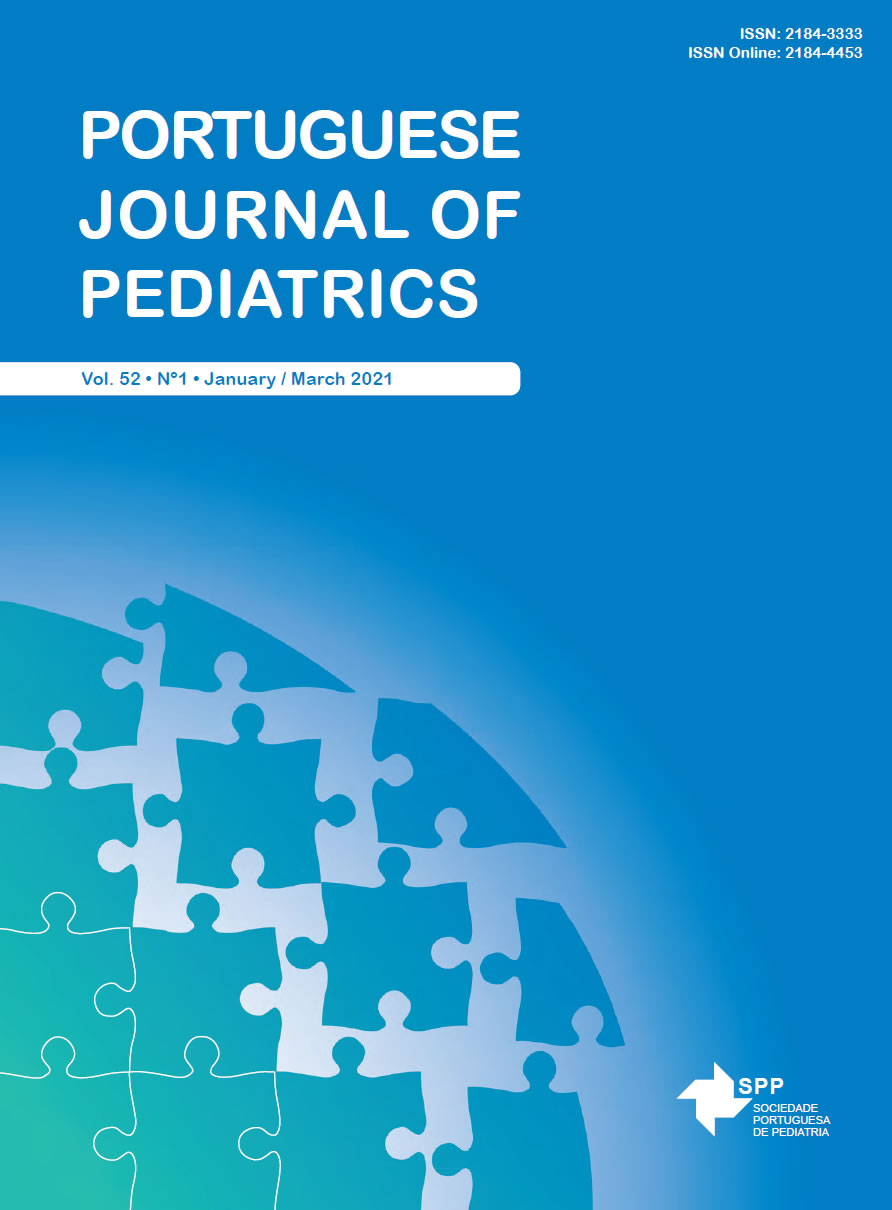Initial Experience with Autologous Blood Patch Pleurodesis for Persistent Air Leak in Children: Case Report
Date of submission: 06-05-2020 | Date of acceptance: 11-10-2020 | Published: 03-01-2021
Abstract
Primary spontaneous pneumothorax is commonly encountered in hospital practice. Occasionally, despite adequate treatment, these pneumothoraces may persist or recur. Should the leak persist over 5 days it is defined as persistent air leak which is associated with increased morbidity. Most cases of persistent air leak are successfully managed with conservative methods, however, sometimes, more invasive procedures are required. Current guidelines for treatment are primarily surgical. However, for patients who have had a failure of surgical management, pleurodesis with a variety of substances is another option, including autologous blood patch. This procedure works through a patch effect in which coagulated blood seals the air leak. It is a simple, painless, inexpensive, and effective treatment, extensively studied in the adult population but unfrequently used in pediatric population. This paper serves as documentation of one case report of one successfully treated persistent air leak with autologous blood patch in one adolescent patient.
Downloads
Downloads
Published
Issue
Section
License

This work is licensed under a Creative Commons Attribution-NonCommercial-NoDerivatives 4.0 International License.









